This fits well within the narrative of the Wales-based producing company, Be Aware. They have established themselves as integral to Welsh theatre, but the creative leads still hold on to elements of their Turkish heritage and cultural influences. Through their work, the artists seek not just to reconcile both their home and adopted cultures, but to integrate them and create a dialogue between them.
Be Aware was founded by Pinar Ogun in 2015 as a way to explore innovative performances with audiovisual works. Arikan has been a part of the company since then, but her previous plays looked more at women’s issues—2017’s Enough is Enough, for example, discussed sexual violence. With the Be Aware team growing to include Welsh creatives, and their recent partnership with Cardiff’s cultural hub Chapter Arts Centre, the company has been evolving. Y Brain/Kargalar, which was written by Arikan and explores the symbiosis and conflict of dual personal and artistic identities, seems to have been the logical next step.
There are two performers in the piece, each one playing one half of Arikan: Rebecca Smith Williams, a Welsh actor, is Mel, and Ogun, who is Turkish, is Tem. The characters speak in their respective languages: to each other, at each other, and to themselves. This becomes a theatrical depiction of the split in Arikan’s brain—half Welsh, half Turkish—sometimes as confusing to her as much as it is to the audience. Arikan uses the two actors and the two languages to express her journey and explore these two parts of her life.
The artists seek not just to reconcile both their home and adopted cultures, but to integrate them and create a dialogue between them.
The piece is in perpetual motion, veering towards dance but never quite reaching it. Some of it is abstract, and at times there is a literal push and pull between the pair of actors. There is even a moment of ecstatic dancing. A rhythm drives the show—drumbeats undercut the score consistently until the very last moment, when we are left in silence. The endless movement of the actors, directed by Phillip MacKenzie, suggests the journey from Turkey to Wales, but also the war raging inside Mel and Tem as they try to arrive at who they are, or arrive at peace with themselves.
Symbiotic at times and in conflict at others, the movement direction manages to at once communicate across all languages and also remain somewhat secret between the two characters. It anchors the speech, offering an expression of the dialogue, whether it is conflict, resolution, frustration, love, or contentment. It acts as a third language, allowing the piece to become comprehensible to those who speak neither Turkish or Welsh, or for when words of either language fail. It is also sometimes a way the two halves communicate with each other. The integral role movement plays in the piece is clear at the end in particular, when spoken language halts and we are left only with frantic movement before it dies away as the drumbeat stops. The audience is left in semi-darkness with the performers finally still.


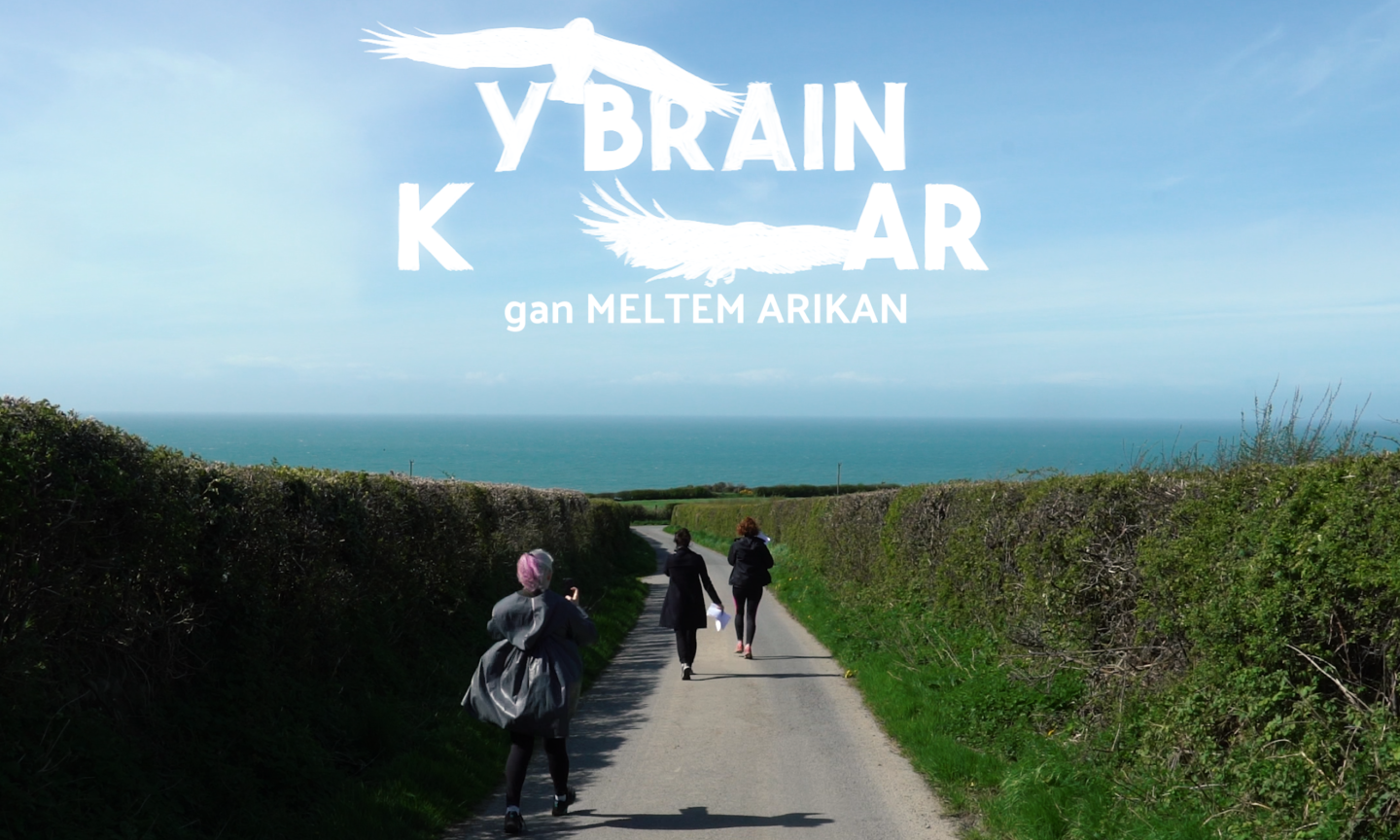
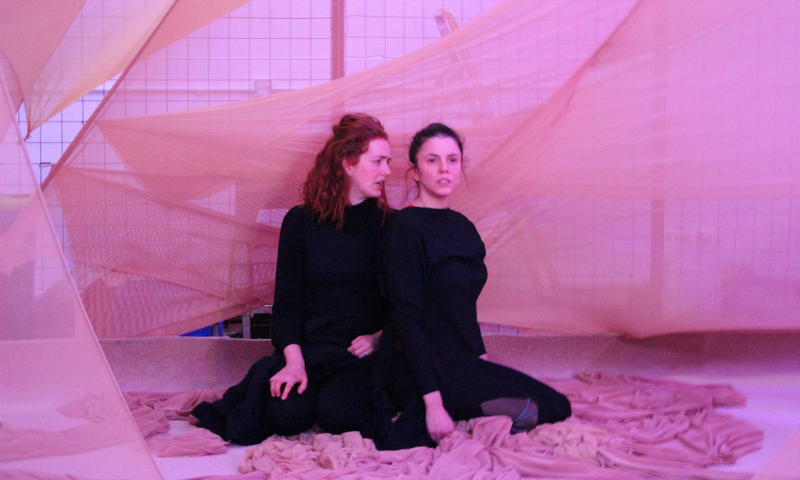
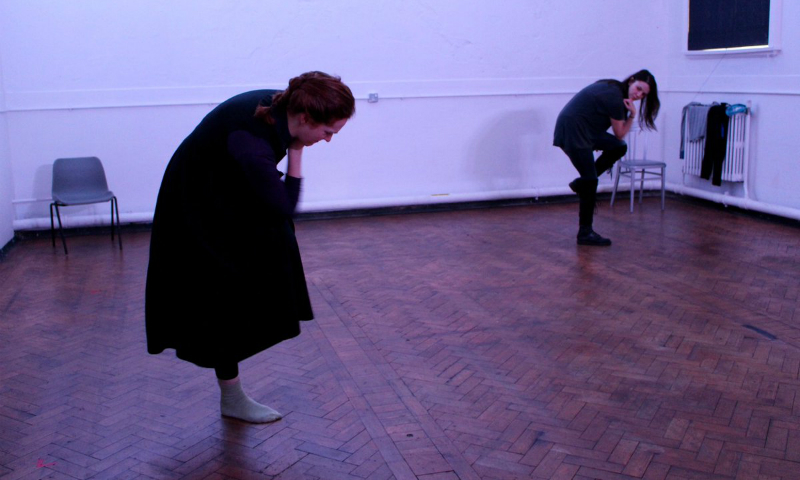


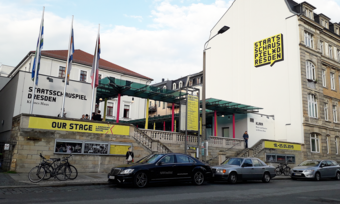

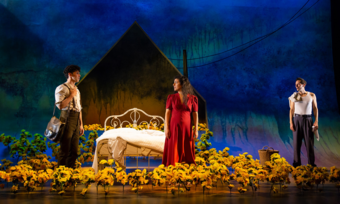

Comments
The article is just the start of the conversation—we want to know what you think about this subject, too! HowlRound is a space for knowledge-sharing, and we welcome spirited, thoughtful, and on-topic dialogue. Find our full comments policy here